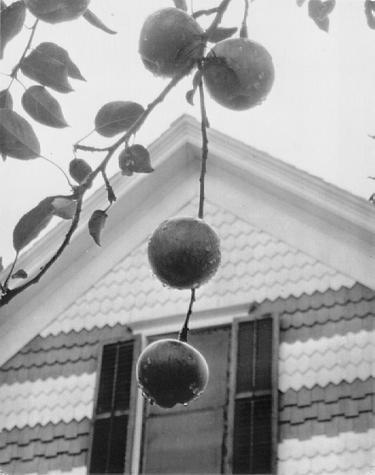
Todd Cronan and Simon Critchley, “The Ontology of Photographic Seeing”
Video of Todd Cronan and Simon Critchley in conversation at The Photographic Universe II.

Video of Todd Cronan and Simon Critchley in conversation at The Photographic Universe II.
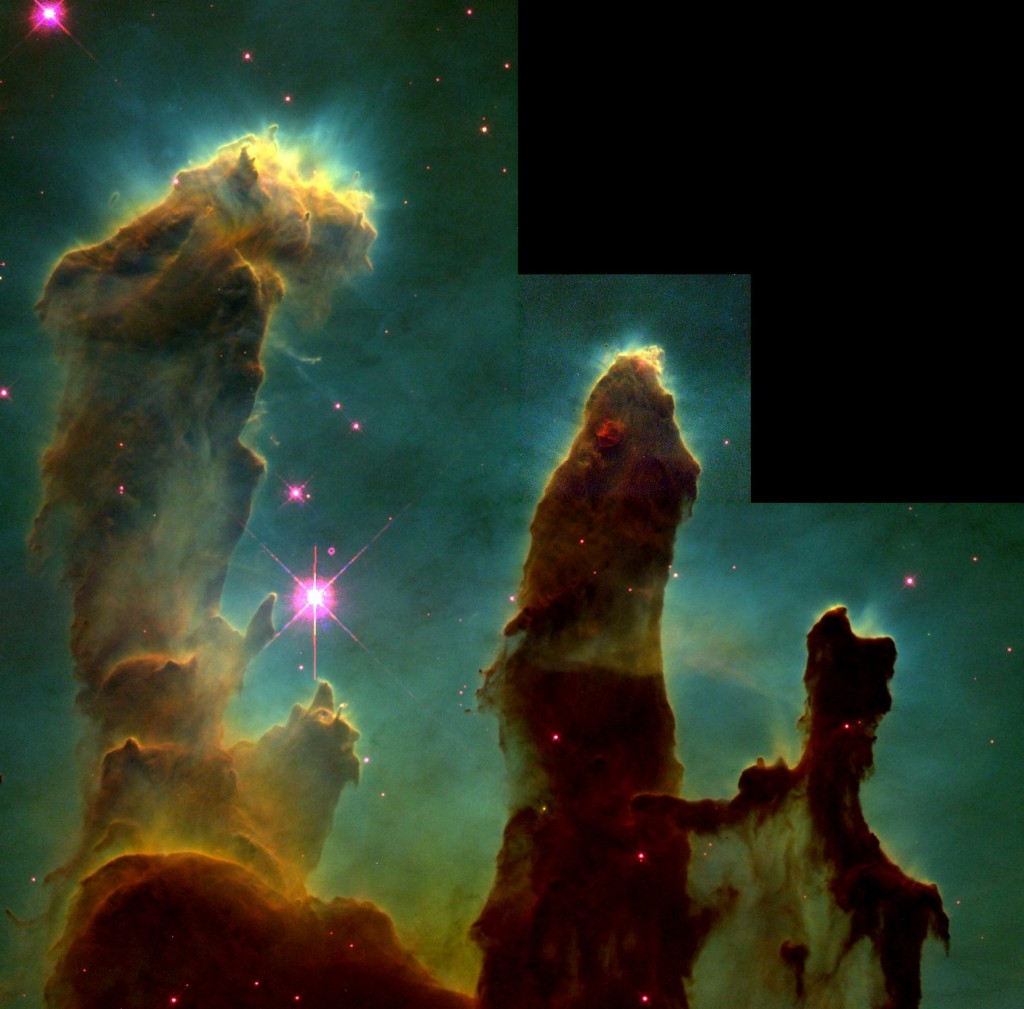
In these terms, the account of the making of this photograph is a description of the more or less necessary historical conditions from which it (and many others) arose. These conditions did not determine the image, rather they made the image possible, and they made it possible in terms very different from those that made other artifacts possible. Every artifact has arisen and arises from such a concrete set of possibilities, and all of these sets of possibilities have their own histories.

In the language of insurance, “inherent vice” is the natural tendency of an object to self-destruct for no apparent reason. The inherent vice of glass or marble objects, for instance, is that they can collapse at any moment; the material is structurally unstable. For photography, and particularly for color photography, the inherent vice of the photograph is that it inevitably tarnishes, no matter how hard we try to slow it down.
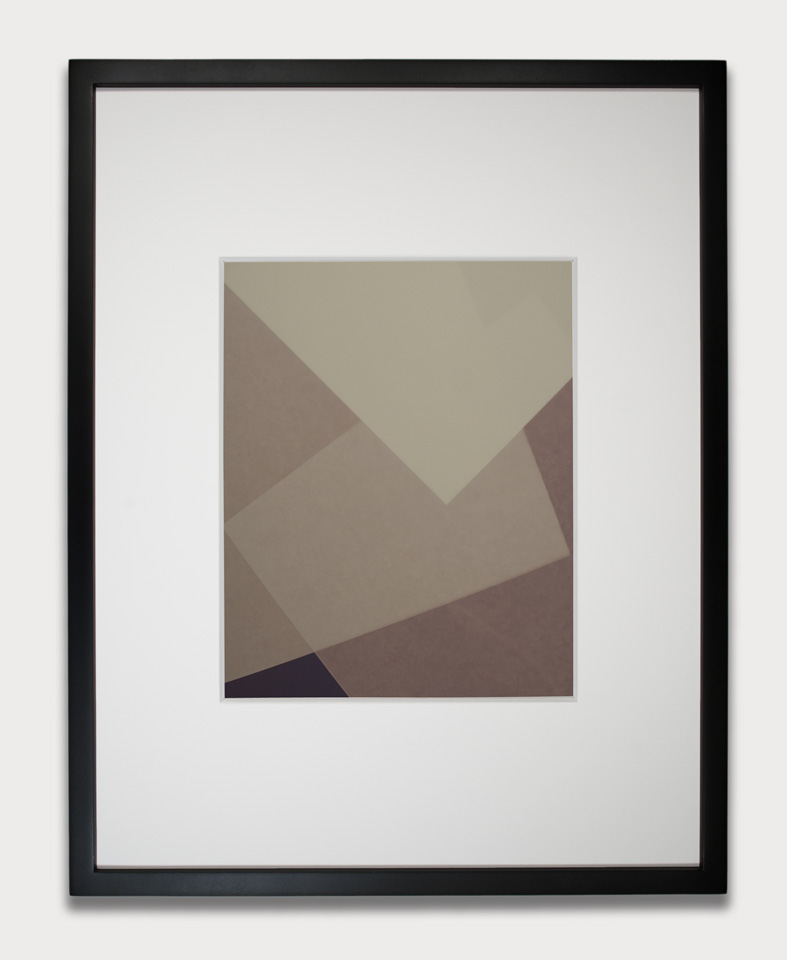
What I’ve been calling the work’s performance is nothing other than the causal account of its production, the kind of account you can give for any work of art. The difference is just that Chang has folded the process through which the work was produced into the experience of seeing it. This is a difference that matters.
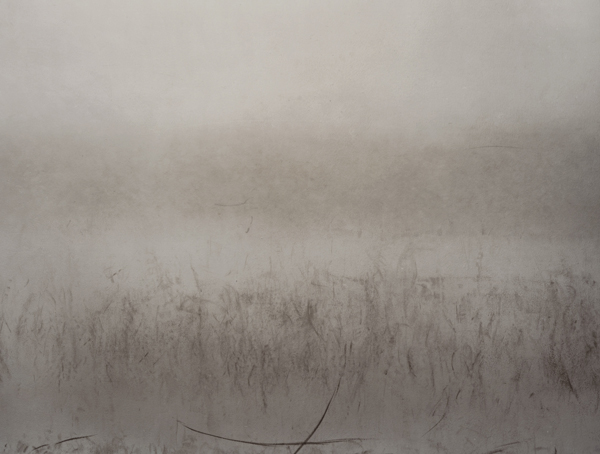
Unemployment is both a problem and a solution. It’s a problem for the unemployed, who want work, a solution for employers who not only want workers but also want the cheapest ones they can get.
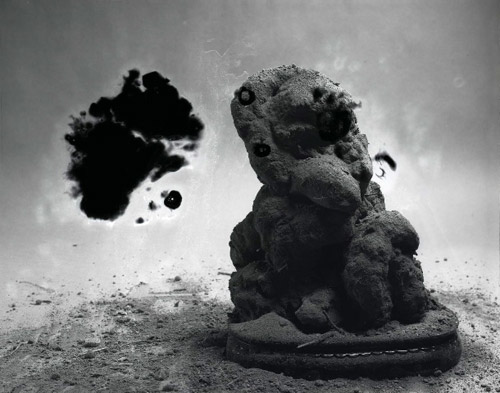
So one easy way to put it would be to say that for many people, photography perfectly embodied the theory and practice of the postmodern, whereas for some people, it created the possibility or felt necessity for a critique of postmodernism. Or, to put the point in terms of intentionality: for many people, the photograph embodies the critique of the intentional that we find in theorists as different as Barthes and Derrida, Crimp and Rancière; for others it embodies something like the opposite – the opportunity to re-imagine intentionality.
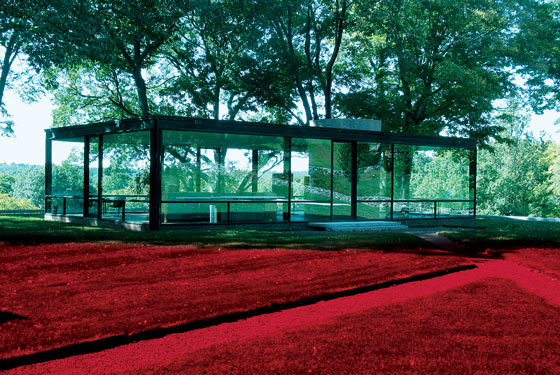
James Welling and Walter Benn Michaels discuss photography, neoliberalism and aesthetics in a conversation from a recent conference at Parsons, entitled The Photographic Universe and we’ve got the video.
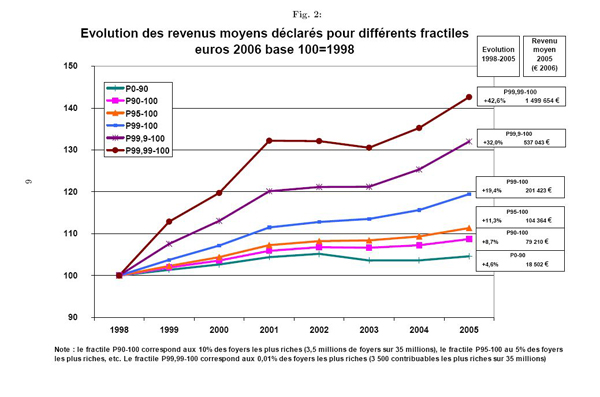
The political meaning of the refusal of form (the political meaning of the critique of the work’s “coherence”) is the indifference to those social structures that, not produced by how we see, cannot be overcome by seeing differently. It’s this refusal of form…

nonsite.org is an online, open access, peer-reviewed quarterly journal of scholarship in the arts and humanities. nonsite.org is affiliated with Emory College of Arts and Sciences.